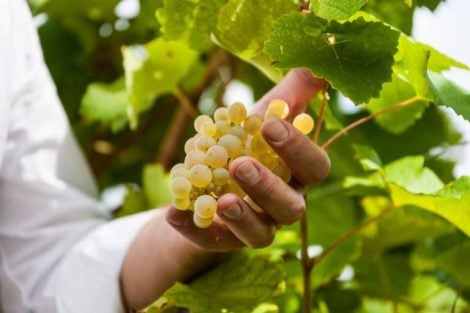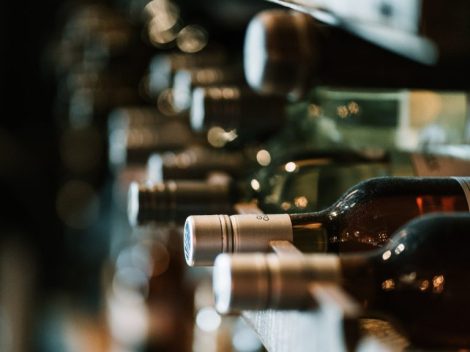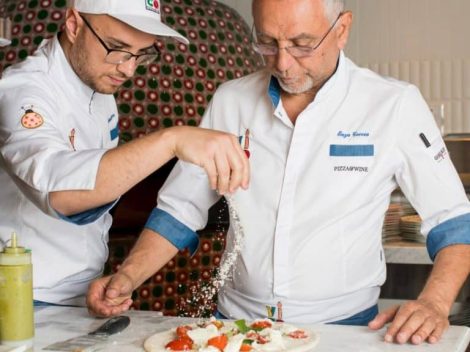Four friends at a bar that isn't a bar, or at least not yet, because the project is to evolve into a café with tables. Alessio Del Rosario, turning 30 in October, and Valerio Foscari are the two owners and creators of Curné - The Art of the Croissant, along with Eduardo and Matteo, their employees. Eduardo is a hospitality school graduate, sommelier, and service specialist (internships at Niko Romito in Castel di Sangro and Les Paillotes and Regina Elena in Pescara). Matteo gained experience at Carpe Diem - Diversamente Pizza (a top-level pizzeria in Montesilvano, with 2 spicchi (2 slices) in the Gambero Rosso Pizzerie guide) and helps with sales. "Maybe it's because we don't come from the restaurant industry, but we're like a family, and there's a great atmosphere in our workshop. Eduardo and Matteo work only a few hours, and our goal is to make sure they're as happy as we are. That's the most important thing."
The story of Curné
The workshop Alessio speaks of is the "crazy idea" of two young men passionate about the food industry, but even more so about pastries, who came from completely different backgrounds. Specifically, economics (for him) and statistics (for Valerio). After working in their respective fields mainly as consultants, and simultaneously fuelling their other interest through courses (even online) and travel, they took a year off for a full immersion experience. At the end of this period, the window of Curné opened on via dei Bastioni. Just a window, with a view into the workshop and a limited production but with great ambition to grow. "I took several courses in the area and worked in local patisseries and ice cream parlours, and then I travelled a lot to taste and get ideas," Alessio recounts. "I visited Farmacia del Cambio in Turin where last year I tried the cubic croissant, Conti & Co in Rome (2 loaves in the Pane & Panettieri d’Italia guide), where I was blown away by the breadmaking, and abroad, in France and then Vienna, especially at Parémi, where I was very impressed by their modern approach to working. And then, the real turning point, a consultancy with Davide Del Chierico, a teacher specializing in French patisserie at the Valerio Barralis Pastry Academy in Magenta."
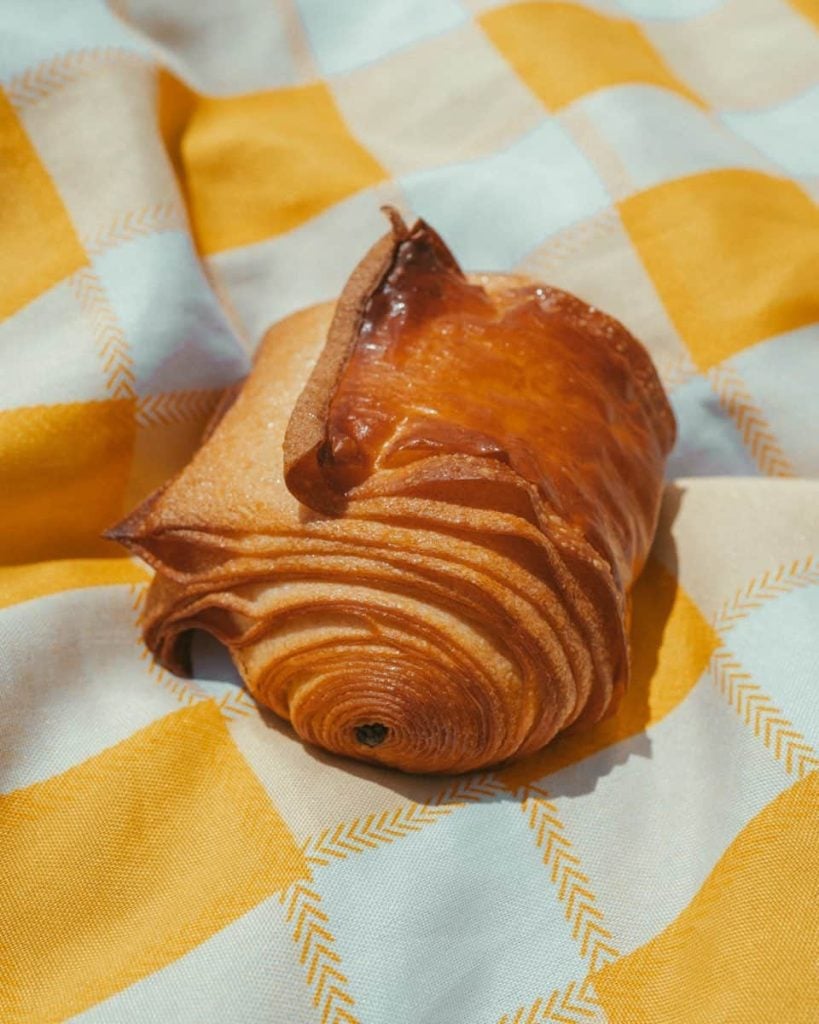
The first viennoiserie in Pescara
The choice of location was not accidental. "We studied the city and realised that in Pescara Vecchia, once the heart of the nightlife and now much less lively, there was space to do something different. The 'window' format was immediately popular, and local shopkeepers were happy because we brought a breath of fresh air and some extra foot traffic. Quite a few people come to get a croissant from us and then go elsewhere for coffee." For the summer, the first for Curné, Alessio and Valerio even opened a second location: "From 7:30 to 12:30 we're there, and from 21:30 to 3:00 (and even later on weekends) we're on the Matteotti seafront, opposite the Nave di Cascella (the heart of Pescara's summer beach traffic). Here, we were visited by the guys from Mercato del Pane (the city branch of the one in Montesilvano, 3 loaves in the Pane & Panettieri d’Italia guide). They liked us."
Curné's offering
Indeed, as Alessio continues, a large portion of their customers are professionals in the food industry. "Some have complimented us because our croissant reminds them of the authentic French one. We never stop training, documenting ourselves, and experimenting to achieve an ever-better product." Today, Curné offers highly flaky croissants that can be filled as desired, pain au chocolat with two bars of 46% dark chocolate, swirls, a reinterpretation of the New York roll, a braid (not the classic one with chocolate cream and raisins, but neutral to be filled as you like), pain suisse with a particular lamination on the surface, and then the famous cube "which actually didn’t interest us, but we added it to the menu to attract customers and get known," also empty. Plus savoury croissants (ham and provola, Abruzzo pecorino, or caprese, but they're working on something more original, such as with garlic and confit tomatoes).
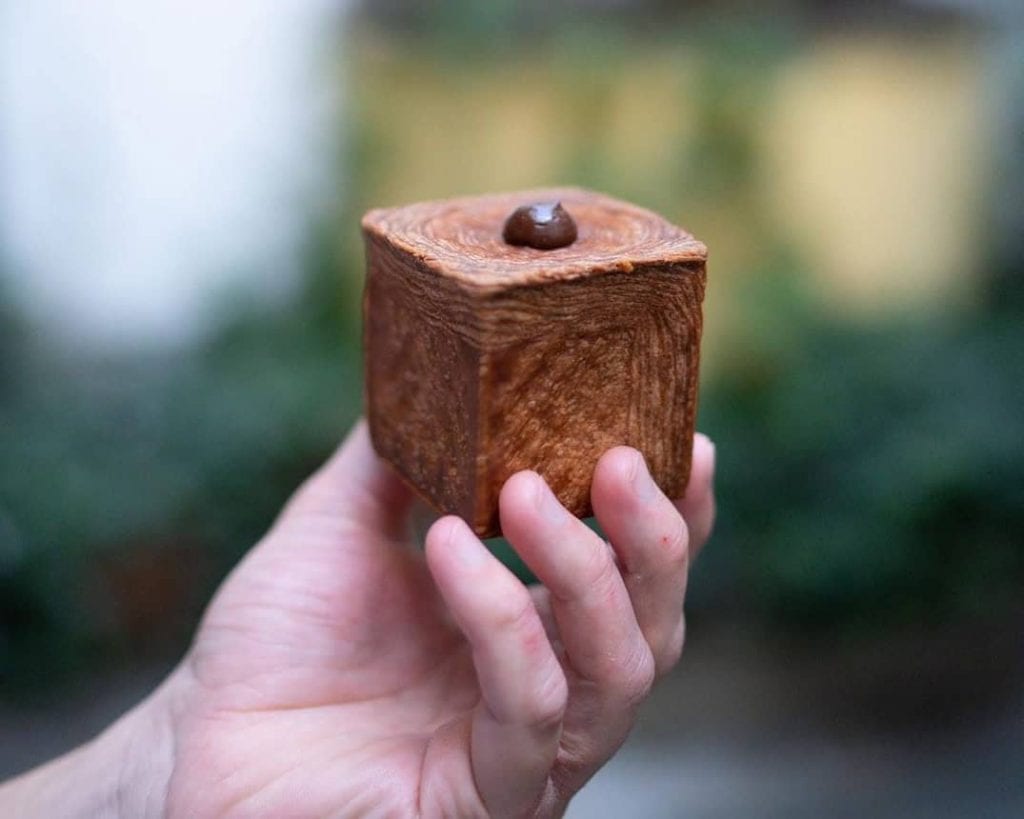
Ingredients? Sensible and balanced without exaggerations. Corman butter, Molino Pasini flour, fresh milk and eggs, fruit from the nearby fruit and vegetable market for the jams planned for the coming months. Plus a pastry cream – with vanilla beans, of course – that is very popular, and which, Alessio recounts, once was sold "by the plate" to eat with a spoon because they ran out of the "sweet wrappers." Prices range from 2 euros for the cinnamon roll to 4.50 euros for the pain suisse. "Our studies gave us a keen eye for marketing, food cost, and packaging issues. We care a lot about well-curated packaging, as it helps to imprint the name and brand." Alessio immediately specified that he feels more like an entrepreneur than a pastry chef, and that they didn’t start "ready" despite their strong desire to improve, grow, and experiment. But with humility and an open mind, you can go very far. And here, less than a year after opening, there’s already a café on the horizon.

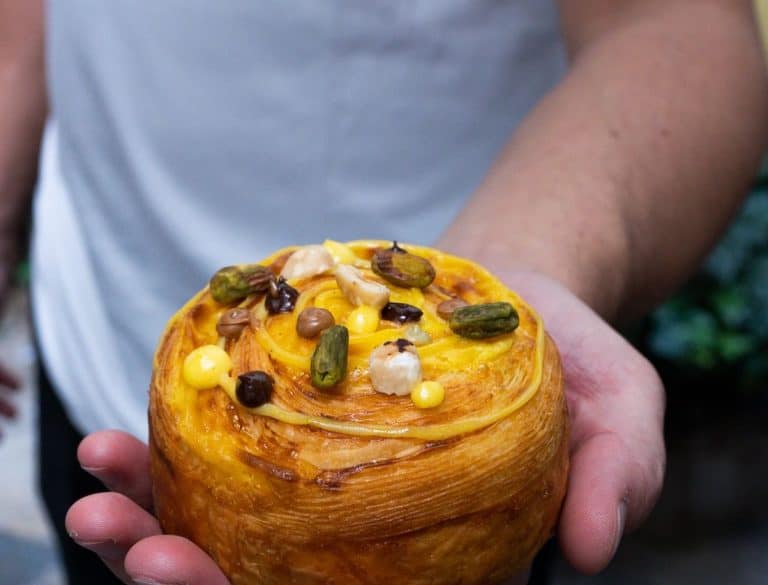
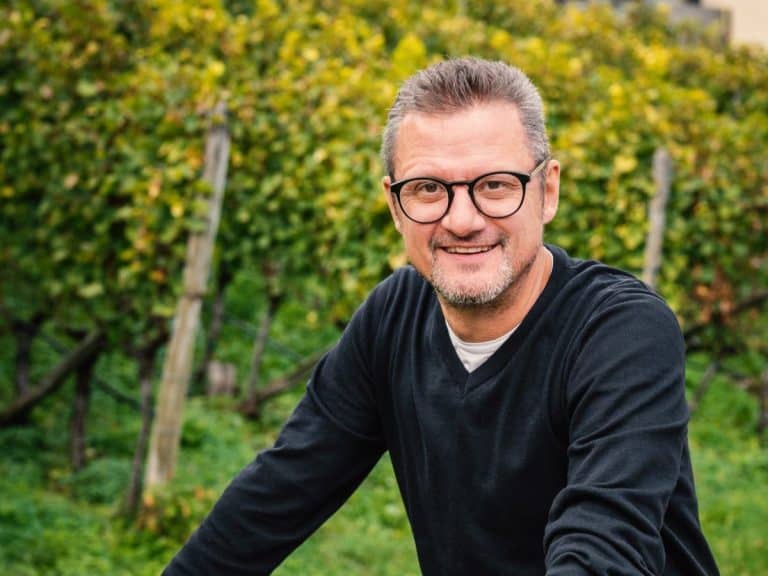 Non-alcoholic wines? Call them what you want, but they’re still a derivative of wine.” An Interview with Martin Foradori
Non-alcoholic wines? Call them what you want, but they’re still a derivative of wine.” An Interview with Martin Foradori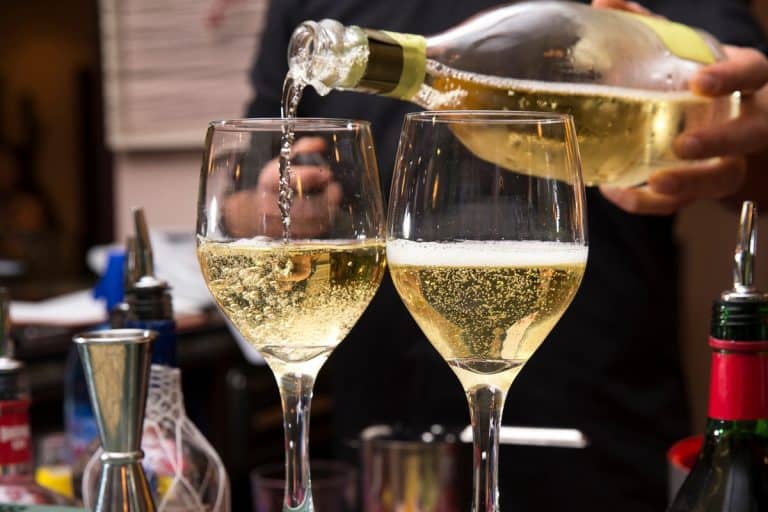 The 8 best Trentodoc wines chosen by Gambero Rosso
The 8 best Trentodoc wines chosen by Gambero Rosso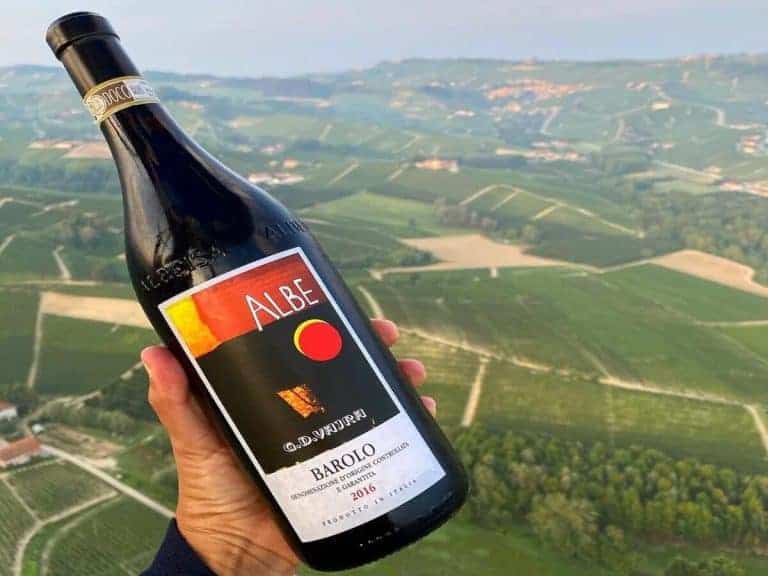 A Piedmont wine enters the top ten of Wine Spectator's "Top 100"
A Piedmont wine enters the top ten of Wine Spectator's "Top 100" Sparkling wines surpass still wines in Italian out-of-home consumption. Most popular during the aperitif
Sparkling wines surpass still wines in Italian out-of-home consumption. Most popular during the aperitif American Barbecue wins a Michelin star for the first time in history
American Barbecue wins a Michelin star for the first time in history